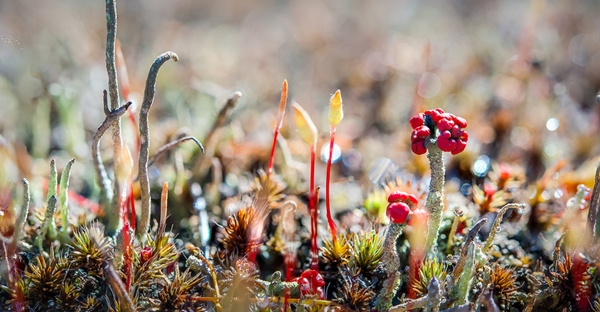You may already have a macro lens but if you don’t, I suggest you borrow one for a while to see if macro photography is your thing.
Another option is that you try the reversed lens technique (there are reversed lens rings specifically made for this purpose). You can try the reversed lens method without the ring, too, but freelensing can be a bit difficult when you are just trying to figure out the macro settings for the first time. Whatever you decide, here are some quick tips for you to get started.
Actionable Steps
- Set your camera to aperture priority mode so you have full control over the aperture and depth of field. An aperture of f/8 or f/11 is a good starting point.
- Preset your ISO to 200. This will suffice for most situations, giving your sensor enough sensitivity to make fairly generous aperture and shutter speed adjustments.
- Take your camera out of autofocus mode. Manual mode will give you a much better chance of getting the features you want in focus as sharp as possible. Using your camera’s live view function will help you make sure that your focus is spot on.
- Use your camera’s white balance presets rather than auto white balance. The auto white balance feature is far too prone to color casting to use for macro photography.
- Make on-the-fly adjustments to aperture and ISO as needed. These adjustments will be necessary to increase shutter speed to prevent camera shake, to freeze movement of a moving macro subject, and to account for the wind and other elements that might cause your camera to move.
On-the-Fly Settings
As much as you prepare yourself for your macro shoot, inevitably there will need to be some changes that you make on-the-fly depending on the conditions in which you find yourself shooting.
Many macro shots tend to be fairly one-note in terms of color, and as a result, the automatic white balance feature on your camera can create unattractive color casts that will ruin the image. To prevent this, select one of the camera’s white balance presets according to the lighting conditions that are present.
You will most assuredly need to make adjustments to your aperture as you shoot. You may find that a shallower or deeper depth of field is needed for a particular subject. You might also find that you need to open up the aperture to allow more light in so the camera can select a faster shutter speed to avoid camera shake.
Adjusting the ISO is another option as well. Most modern cameras can be pushed to ISO 800 or above without getting much noise. If you find you are getting camera shake or just can’t keep up with the movement of your subject, push your ISO up so you can shoot with a faster shutter speed.
Read the full article with even more tips over at PhotographyTalk.
Source: PhotographyTalk

